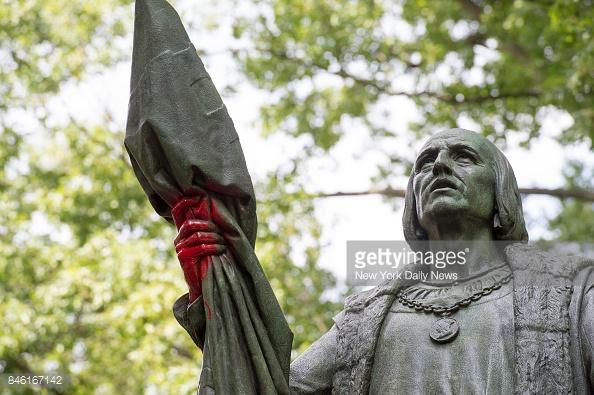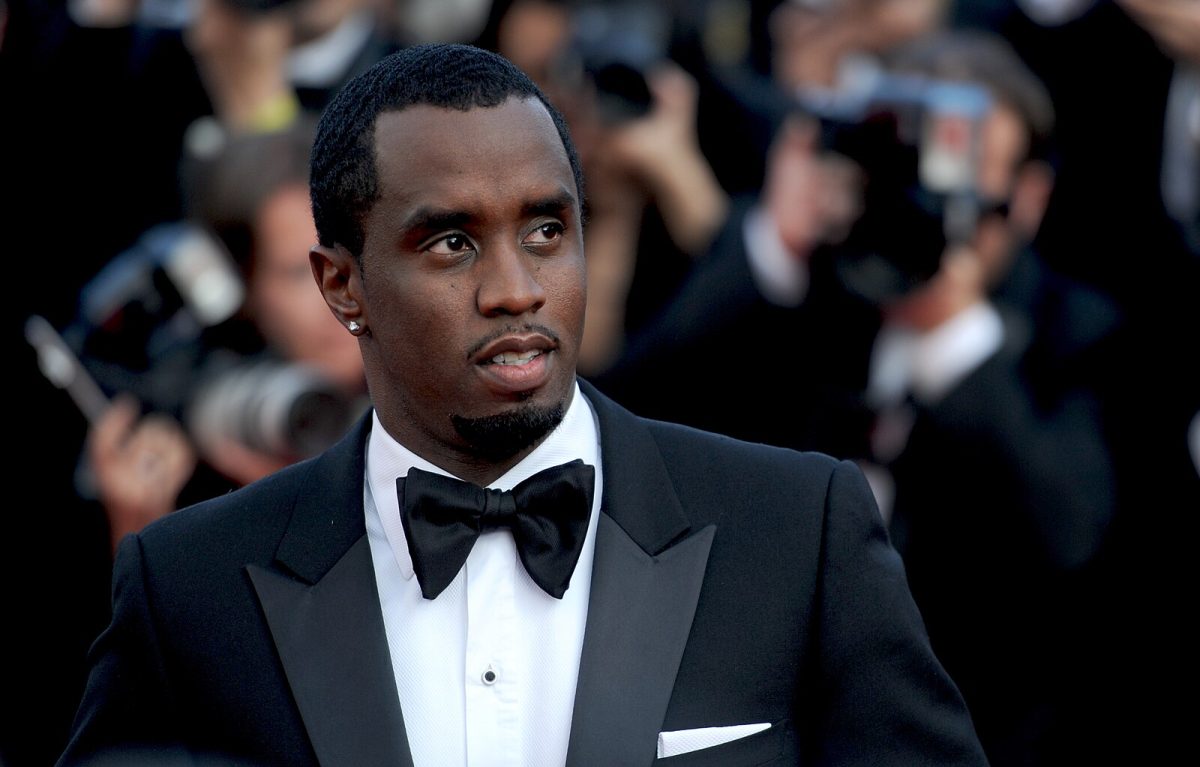On September 12th, 2017, there stood a 127-year-old statue of Christopher Columbus, bronze hands stained bright red and white spray paint lingered on its hinges. A Central Park maintenance worker discovered the defacing around 7 a.m. that morning and called local authorities to report the crime; workers gathered momentarily and hurriedly cleaned up the marked bronze statue. Below Columbus’ bloody hands stood the words, ‘Hate will not be tolerated’ and ‘#SomethingisComing’. A written ‘Save Your Soul’ sign was found at hand. The NYPD is currently on the lookout for any existing surveillance footage from during the time of the vandalism. No arrests have been made in the continuation of the investigation.
When informed and asked about the vandalized statue, University students faltered their brows and pandered for a reasonable response. Although a majority of the undergraduate student quotes varied, many defended that the vandalism wasn’t morally incorruptible, due to Columbus’ actions to the indigenous people he encountered when discovering America. Morally incorruptible can be defined as historical figures and their accomplishments within our nation’s history which are considered reliable in their progressive standards and precedents set for our definite future as American people. Columbus’ stance as morally incorruptible can be defined on either side of the biased public, if he still stands as an American hero or a murderous intruder on native grounds. When approached to comment on the subject, numerous students stood out in their different viewpoints promoting a more peaceful protest, instead of a heavy vandalism, for the purpose of contrasting with recent patterns of political extremes.
A Pace University freshman, who wishes to remain anonymous, said in response to said issue, “I do believe that there are better ways to go about it; I would enforce peaceful protest above vandalism and violence. […] But I do also agree that people are mad and people are angered in certain situations. Something needs to be done to bring about change; and this might not have been the right thing.”
Columbus’ stance as an American hero has been questioned over the years regarding controversy on his brutality towards the indigenous peoples of Central and South America; this became a tarnish on his reputation. The image of Christopher Columbus has turned over a new leaf in the history of his idolism over the American people. Like statues of Confederate generals in the South, it seems as though Christopher Columbus may be the next to be reexamined as a historical figure worthy of being celebrated in public spaces by way of a statue.
Mayor Bill de Blasio recently stated his formation of a panel to review possible ‘symbols of hate on city property’, which includes Columbus’ statues in New York. This move for review puts decisions on the table, which several Italian-American groups have detested, citing feelings against the removal of his historical stature. De Blasio suggested the monuments could get explanatory plaques next to them, as to not ‘pre judge’ the situation as it is.
The Mayor is adamant in retaining a perspective on either side of the situation of clarity for both intrigued parties. The voices speaking out still beg to differ on his historical stance of whether Columbus’ objective remains worthy of a statue of remembrance. The future of American iconography is at risk, whether for proper protest to be observed and taken seriously on major debates in our culture that question the historical privilege of reminiscence.

Photo courtesy of NY Daily News






